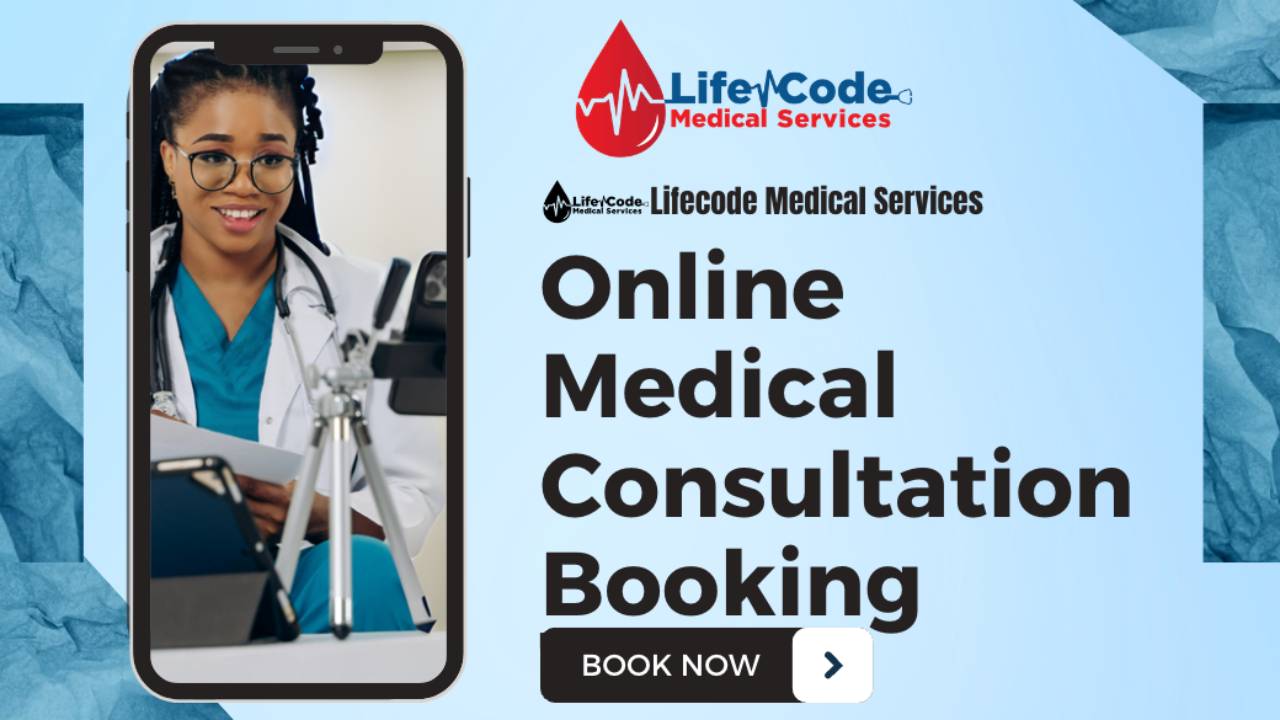How Subscription Based Healthcare is Revolutionizing Patient Accessibility to Services
How Subscription Based Healthcare is Revolutionizing Patient Accessibility to Services
Blog Article
The Increase of Subscription-Based Medical Care and Its Effect On Patient Treatment
As medical care develops, the subscription-based model is acquiring traction, promising to reinvent person care by providing predictability and availability. The possibility for these models to reshape health care shipment increases pushing inquiries about their long-lasting sustainability and inclusivity. Are these subscription services the future of health care, or do they take the chance of leaving vulnerable populations behind?
Understanding Subscription Healthcare Designs
Comprehending the concept of subscription healthcare designs includes taking a look at a transformative technique to clinical services that highlights price and ease of access. These designs, often described as direct medical care (DPC) or concierge medication, have actually become innovative options to typical fee-for-service healthcare systems. Membership health care permits clients to pay a set regular monthly or yearly charge for a defined collection of medical services, which may consist of unrestricted workplace check outs, regular examinations, and fundamental lab tests, without the need for standard insurance policy payment.
The structure of subscription health care designs is made to improve client care by getting rid of third-party payers and complicated invoicing codes, thus decreasing management burdens. Doctor can focus a lot more on individual treatment, promoting more powerful patient-provider relationships. This design additionally advertises preventative treatment by encouraging normal gos to, as the financial obstacle of per-visit costs is removed.
The registration model often encourages medical care service providers to manage smaller patient panels, enabling more customized care. It aligns economic rewards with person health results, as companies are motivated to keep person fulfillment and well-being. In general, comprehending registration healthcare designs calls for acknowledging their prospective to reshape just how care is supplied and accessed.
Advantages for Suppliers and people

With a constant income stream, medical care professionals can dedicate more time to each patient, leading to a much more comprehensive and individualized care experience. The focus on precautionary care within subscription strategies can lead to far better patient results and reduced long-term medical care expenses.
Difficulties and Concerns
While subscription-based medical care versions existing countless advantages, they additionally come with a collection of challenges and issues that should be addressed. This raises ethical questions concerning equitable access to healthcare solutions.
Financial sustainability of subscription-based versions is an additional worry. Providers need to stabilize the fixed income from memberships with the variable costs of healthcare solutions, which may fluctuate due to unanticipated medical needs. This can create stress to limit solutions or boost fees, possibly impacting patient satisfaction and care high quality.
In addition, regulatory oversight of subscription-based health care versions is still advancing. Attending to these challenges is vital for the successful and equitable application of subscription-based health care.
Influence On Patient-Doctor Relationships
One substantial impact of subscription-based medical care models on patient-doctor relationships is the capacity for boosted continuity and personalized care. By adopting a membership version, medical professionals can take care of a smaller sized patient panel, allowing for more specialized time with each person. This boosted accessibility promotes a deeper understanding of a client's medical background, lifestyle, and choices, allowing a lot more customized treatment strategies and treatments.

Nevertheless, it is important to acknowledge that while subscription-based designs may benefit those that can manage them, they could inadvertently broaden healthcare differences. Individuals who are unable to participate in these designs could experience reduced accessibility to customized care, possibly affecting their relationships with doctor. Hence, while the membership model uses appealing advantages for patient-doctor partnerships, it also visit the website positions challenges that require to be addressed to make certain fair healthcare gain access to.
Future of Medical Care Accessibility

The function of technology can not be forgotten in this change. Telemedicine systems and digital wellness records promote smooth interaction in between people and healthcare providers, breaking down geographical and logistical obstacles. In addition, improvements in man-made knowledge and information analytics can further customize treatment by anticipating individual needs and enhancing treatment plans.
Nonetheless, the future of medical care accessibility additionally provides challenges, such as guaranteeing equity across various socio-economic teams. Policymakers and healthcare carriers have to work together to link the electronic divide, making certain that subscription-based models continue to be economical and comprehensive. As these systems grow, they hold the promise of making medical care a lot more easily accessible, efficient, and patient-centric.
Final Thought
Subscription-based healthcare versions are reshaping person care by providing a secure cost structure and boosting availability. These models reinforce patient-provider relationships through individualized care and routine visits, emphasizing preventative health and wellness. Despite these advantages, obstacles such as ease of access issues for low-income populations and the requirement for equitable healthcare options persist. The increase of subscription-based healthcare encourages positive patient involvement, which has the prospective to improve client end results and complete satisfaction, signaling a transformative change this hyperlink in healthcare shipment.
As health care progresses, the subscription-based model is gaining traction, guaranteeing to change person treatment by providing predictability and availability.Subscription-based medical care designs use distinctive advantages for both carriers and individuals, boosting the total medical care experience.As healthcare systems progress, the future of medical care gain access to often pivots on the integration of ingenious versions and modern technologies.Subscription-based healthcare designs are improving individual care by providing a steady expense structure and boosting availability. The surge of subscription-based medical care encourages proactive patient engagement, which has the possible to improve person outcomes and fulfillment, signaling a transformative change in health care delivery.
Report this page